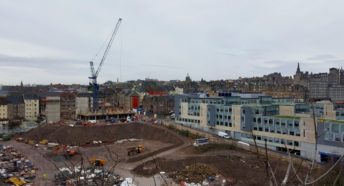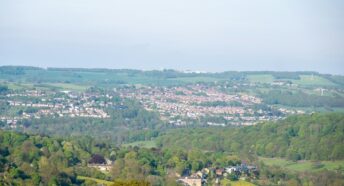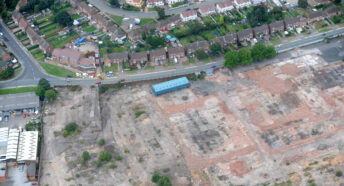Taking a wide view: the Oxford-Cambridge Arc
National CPRE’s spatial planning lead Andrew Wood explains his perspective on the major building project and the challenges it presents.
What is the Arc?
The Oxford-Cambridge Arc runs through the five ceremonial counties (non-administrative regions, also informally known as geographic counties) of Oxfordshire, Buckinghamshire, Northamptonshire, Bedfordshire and Cambridgeshire.
As a concept, it stems from a report by the National Infrastructure Commission in 2017, Partnering for Prosperity, which majored on ‘east-west infrastructure enabling new settlements’ and included proposals for 1 million new homes, East-West Rail, and the Oxford-Cambridge Expressway road scheme.
Since then, the Expressway has been scrapped and the 1 million homes ambition appears to be fading – in July 2021 the housing minister refused to support it stating it ‘wasn’t government policy’. That leaves East-West Rail, which is a good idea in principle although has caused controversy over the choice of route through Bedfordshire and Cambridgeshire.
But if the Arc is to be more than a railway and a development-boosting brand, what should it be?

Seeing green, not red
One word that was conspicuously absent from Partnering for Prosperity was ‘climate’. In February 2021, the government published a scoping paper for an Arc spatial framework (a non-statutory document that outlines the vision and priorities for growth and the overall spatial strategy for the area), which struck a very different tone. Perhaps the most telling statement in that whole paper is this:
‘The Arc is … constrained by inadequate infrastructure, a stressed and fragmented natural environment, escalating housing costs, and complex local governance. It is at risk of worsening outcomes for the environment if we do not overcome constraints and meet future demands in the right way.’
Or, to paraphrase, the pressures of development and economic growth that are happening without strategic planning pose a serious threat to quality of life and to nature’s carrying capacity. That being the case, we should now expect a meaningful investment programme for nature and social wellbeing, shouldn’t we?
On the level
Given the Arc’s roots as a growth promotion project – what urban planners call ‘boosterism’ – it’s tempting to be dismissive of the spatial framework. After all, if the government is serious about its ‘levelling up’ agenda then surely it should be investing in places where opportunity and quality of life are seriously lagging behind, rather than giving a further leg-up to areas that are already surging ahead?
CPRE is a longstanding advocate of strategic spatial planning, and having a team of civil servants working across departmental disciplines offers real scope for joined-up thinking – and that could be a good thing.
However, the Arc departs from the model of strategic planning that has been emerging for several years in Greater London, Greater Manchester and elsewhere. It doesn’t fit any existing administrative geography, and it’s unclear how the process will be made transparent and accountable and not side-step the democratic scrutiny that comes through the local plans process.
So, it’s not really the version of strategic planning we had in mind. Nevertheless, we must seize the opportunity for influence; CPRE wants to protect and enhance countryside and landscape, and for people’s needs to be met fairly and sustainably in a healthy, zero-carbon future.
What does that look like for the five counties in the Arc – and their cities, towns, villages and landscapes?
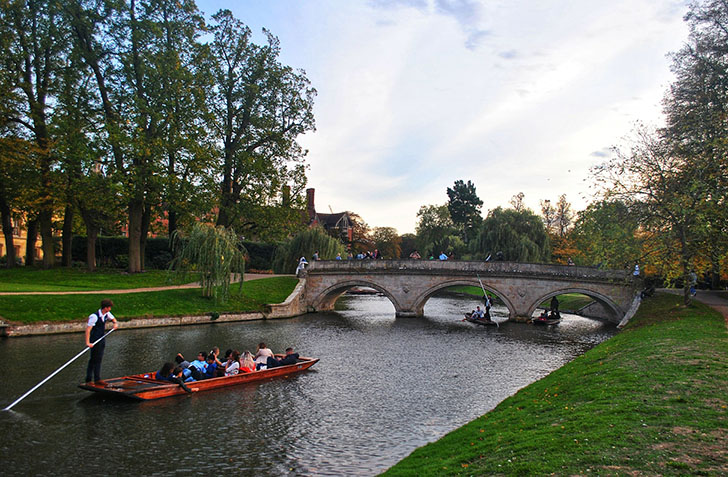
A clearer vision
The Vision appears to agree with us on the big challenges: the environment is at risk, the climate emergency looms large, travel patterns are unsustainable, homes are too expensive. What can the spatial framework really do about it?
In responding to the Arc consultation that closed in October 2021, here are the seven priorities that CPRE said we want to see the vision for the Arc commit to:
- There must be unequivocal, measurable policies to tackle the climate and nature emergencies;
- The protection and restoration of both designated and non-designated (that is, formally protected and other) landscapes should underpin policy, while industrial landscapes characterised by warehouses, surface car parks and brownfield sites should be transformed to incorporate renewable energy, green infrastructure and reduced car dependence;
- The provision of sustainable water supplies, reduced flood risk and effective waste water treatment should be established as baseline conditions for new development;
- There should be a strategic, Arc-wide approach to the future of farmland and food security;
- The Framework must accept the harsh reality that new road capacity and road-dependent development is unsustainable per se, and can no longer be justified;
- Transport policies must commit to reducing car travel and focus on accessible, walkable neighbourhoods connected by excellent, affordable public transport, in both urban and rural areas (see the 15-minute neighbourhood as a good model for this);
- A nationwide approach to ‘levelling up’ is needed which prioritises social rent housing as the key issue for areas where housing costs are prohibitive, especially in rural communities. The housing affordability crisis will not be solved by building open market housing, because it does not reduce prices.
Speak up for smart growth
It’s important, then, to set out our ambitions for how wonderful life might be in urban Northampton and rural Bedfordshire by 2050. The Smart Growth Coalition, a coalition of people and groups who support the Smart Growth philosophy of spatial, transport and community development, of which CPRE is a member, offers a good place to start. If the spatial framework can help, so much the better.
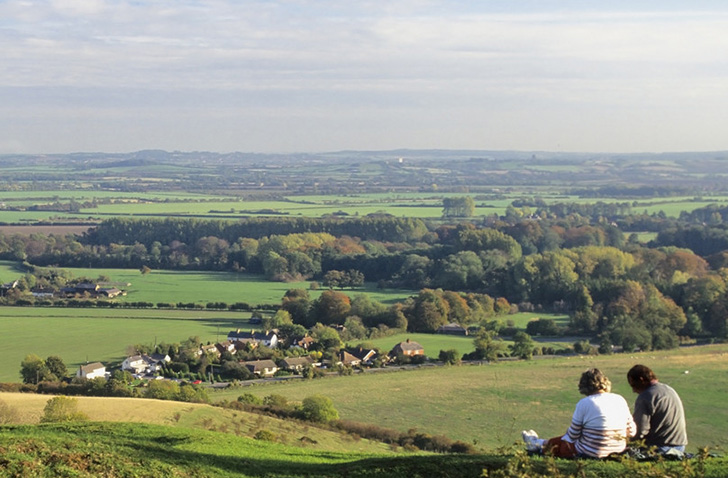
The biggest risk is that, in reality, the spatial framework can’t properly address these challenges. On housing, Shelter have calculated that around one-third of all new homes in the UK need to be in affordable tenures. On transport, the government has decided that increases in carbon emissions won’t justify refusal of consent for road schemes for at least another two years.
What power will the spatial framework really have to deliver affordable places to live in a zero-carbon future, when the rest of public policy is still so disintegrated?




